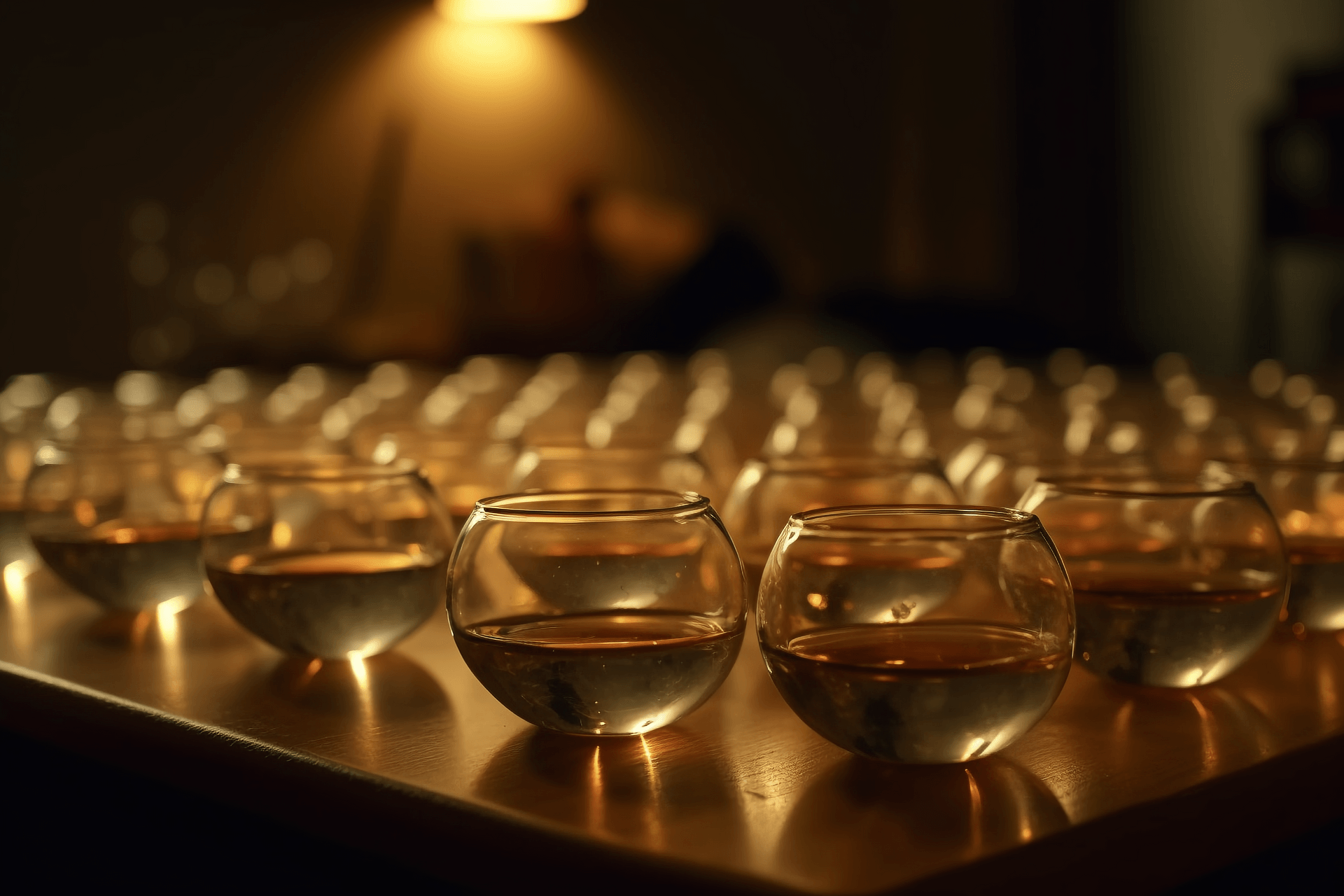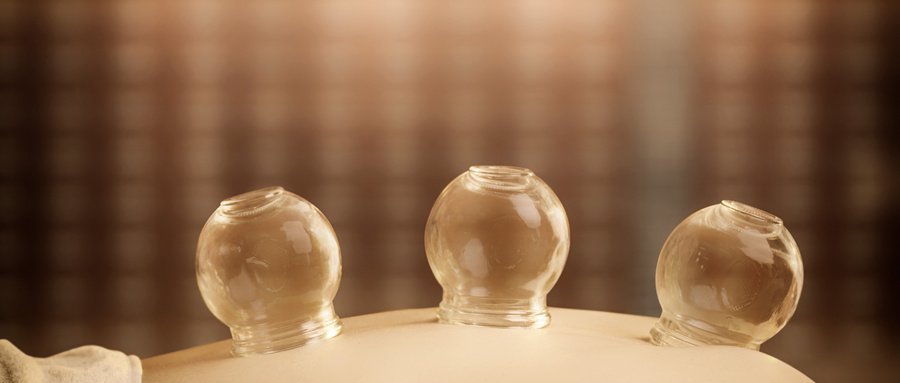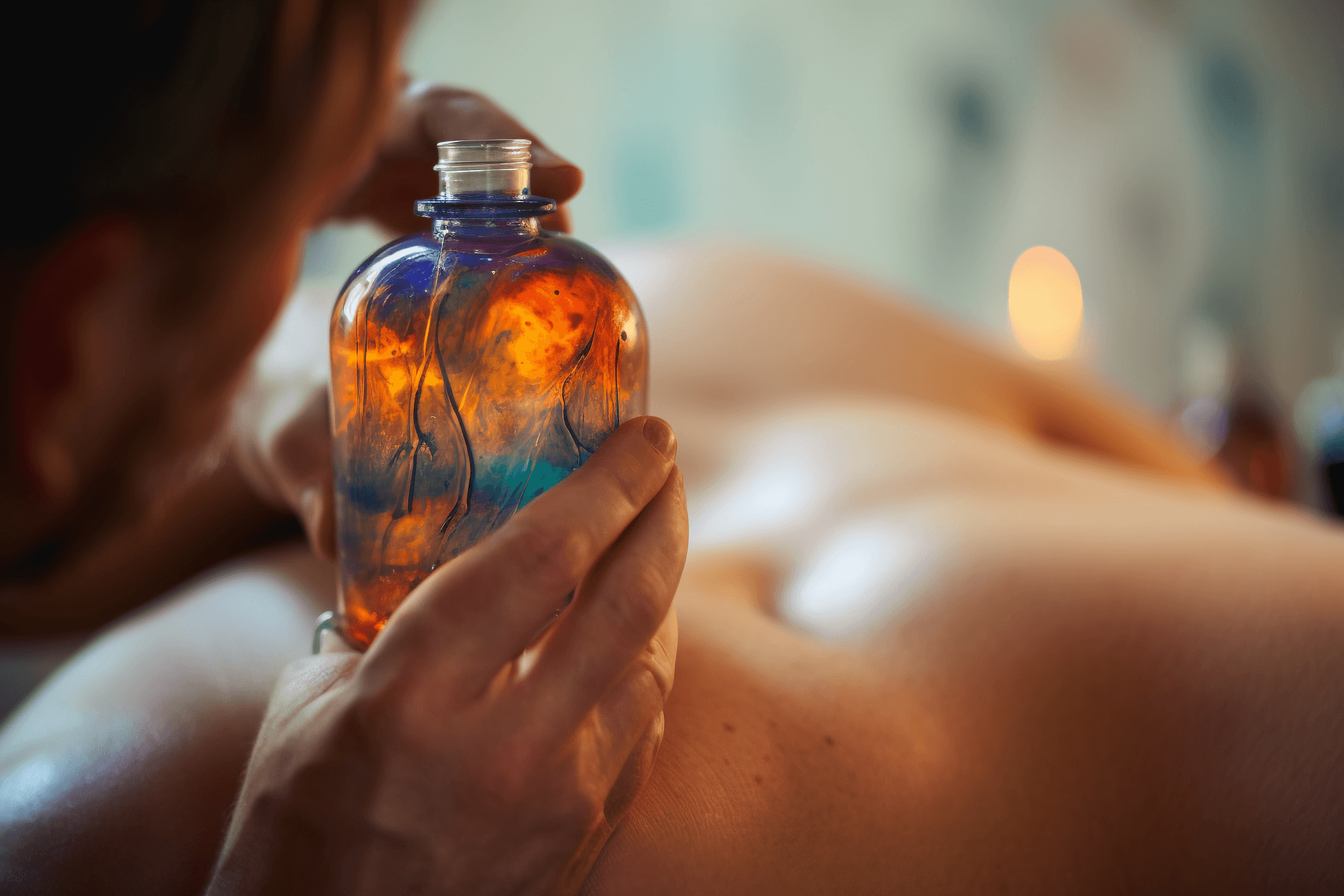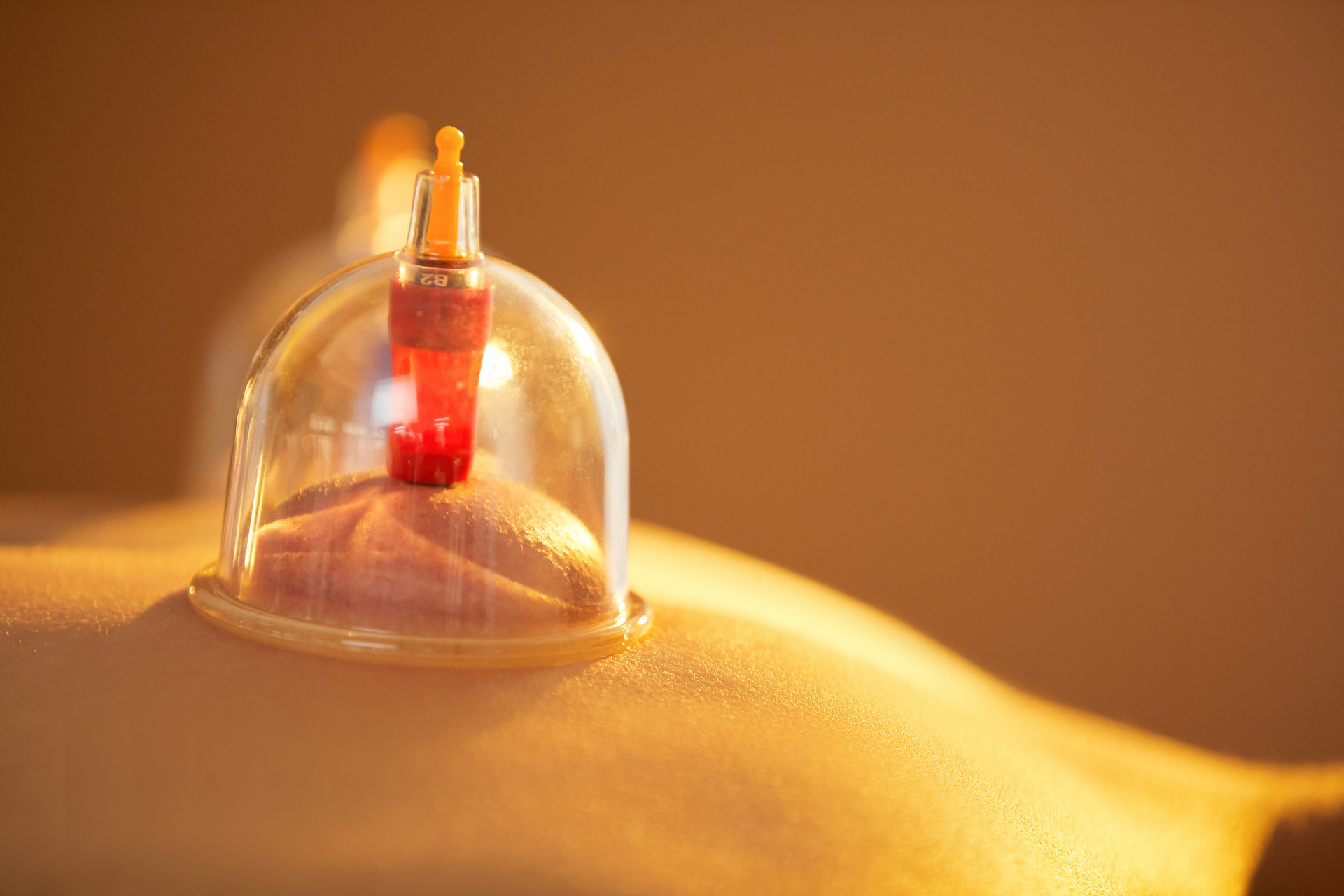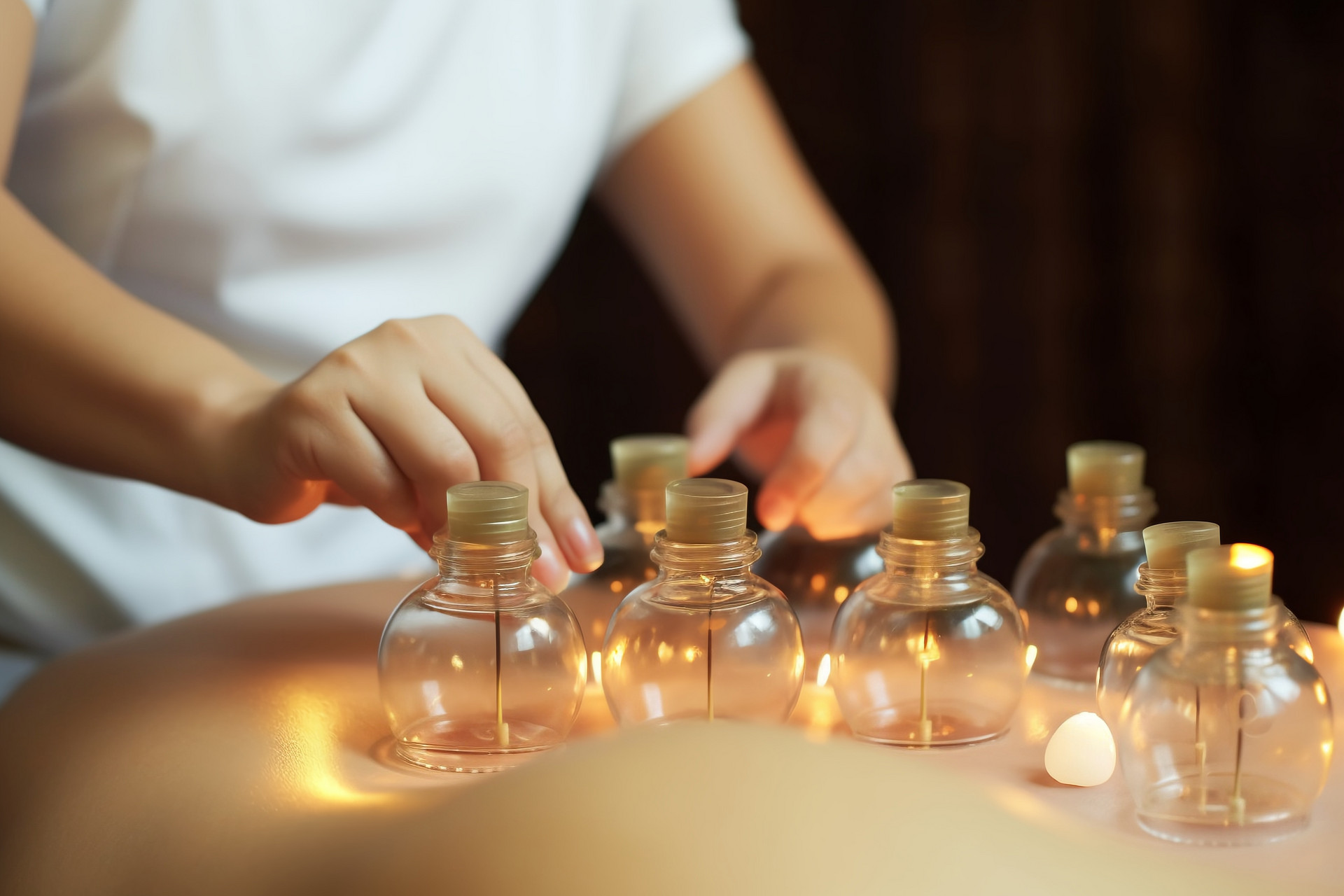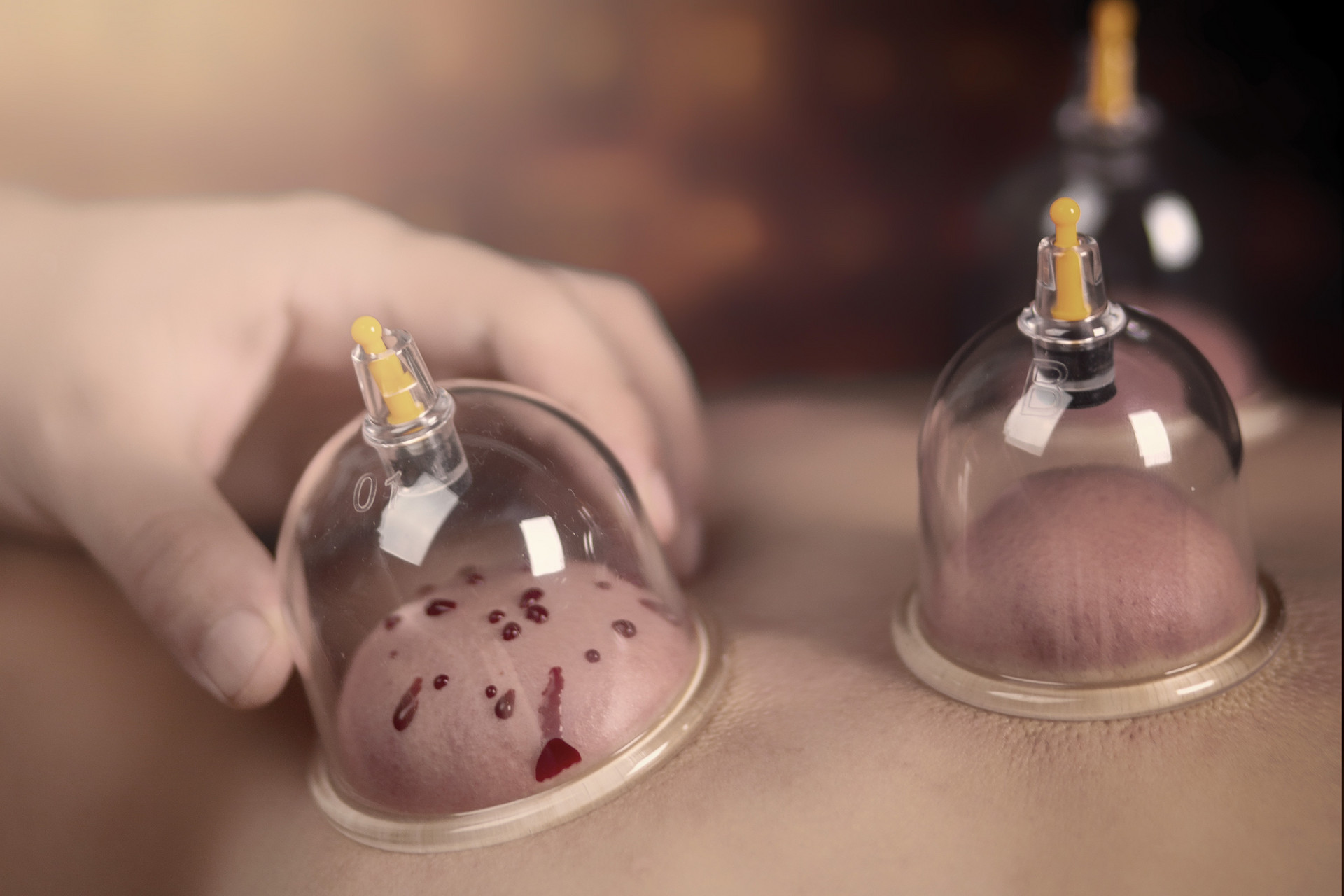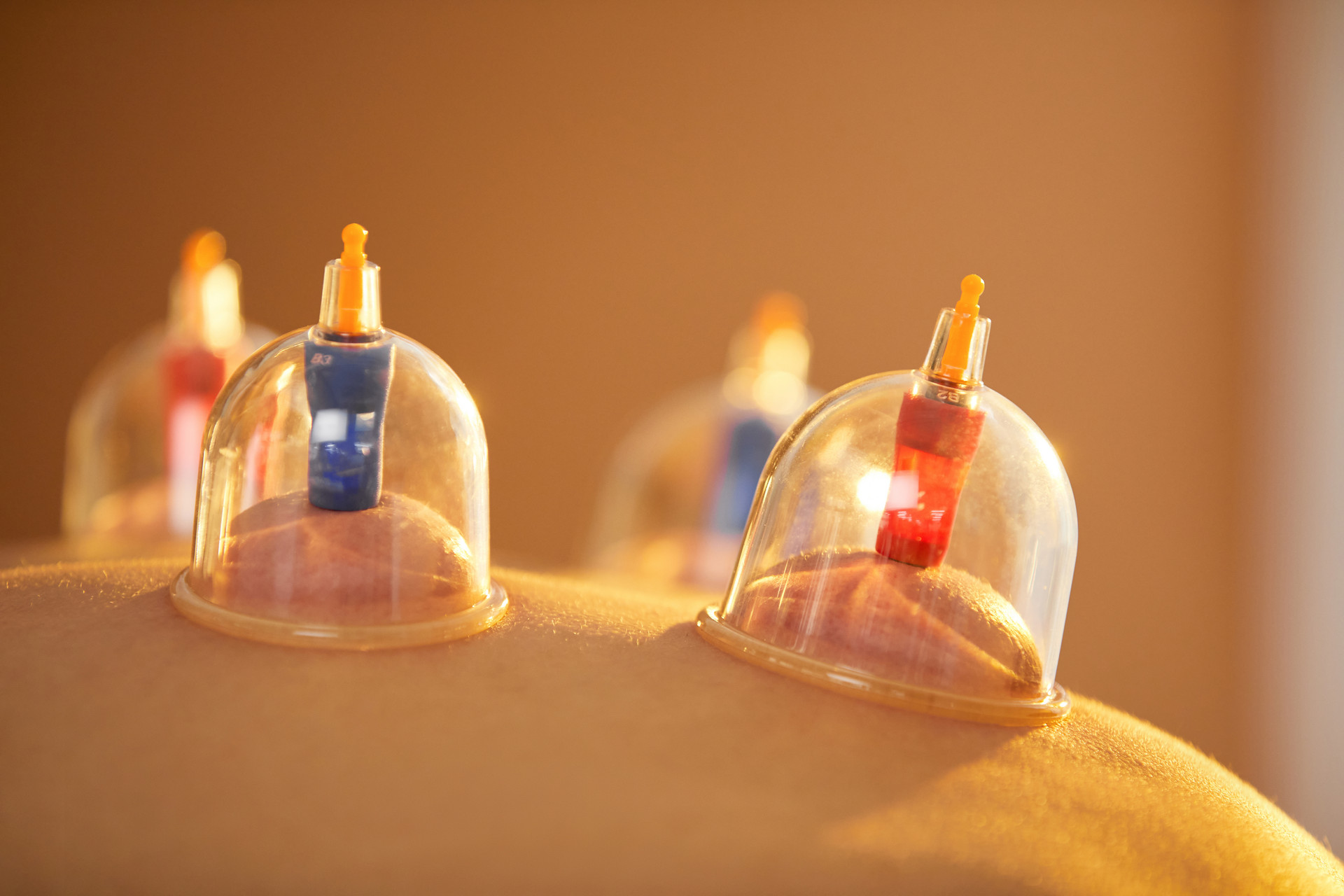Earlier, a professor of anatomy pointed out that the normality of negative pressure in the human body directly affects a person's physical health. Modern medical research and clinical practice are gradually verifying this phenomenon.
The principles of negative pressure in the human body and its relationship with various diseases are complex academic issues, which will not be elaborated on in this article. In fact, negative pressure can exist within any specific category and has corresponding effects. The negative pressure in the human body corresponds to the atmospheric pressure in the external natural environment, jointly regulating the shape of various parts of the human body. Negative pressure fills every corner of the organs, bones, muscles, nerves, etc. in the body, ensuring the normal and orderly functioning of tissues and organs. The constant state of negative pressure is achieved through movement and transmission, and everyone has the ability to automatically fine-tune the negative pressure in their body. Slight changes in the external environment and minor injuries in different parts of the body can be self-healed. Negative pressure imbalance beyond self-regulation, caused by factors such as long working hours, living in air-conditioned rooms, excessive smoking and drinking, incorrect sitting and standing postures, etc., manifests as various diseases commonly seen. This requires the application of certain methods to regulate and restore normal negative pressure in the body, fundamentally eliminating the disease.
In response to the source of negative pressure imbalance, the use of traditional Chinese medicine treatment methods, such as cupping therapy, can be described as a method that achieves more with less effort. Cupping therapy, known as "horn method" in ancient times, was named because ancient people used animal horns as cups to treat diseases. By using fire to create an appropriate amount of negative pressure inside the cup and applying the negative pressure to the corresponding parts of the patient's body, cupping therapy helps the patient naturally regulate and adjust the negative pressure in their body. From clinical practice, the rehabilitation effect is remarkable.
The negative pressure in the cup is generated by the combustion of the fire medium, and its intensity is controlled by the volume of the cup and the burning time of the fire medium. Accurately grasping the range and depth of negative pressure that can be produced in the cup is the key to correctly regulate the patient's internal negative pressure and restore it to normal. Depending on the degree and condition of the patient's internal negative pressure imbalance, cups with an appropriate amount of negative pressure are placed on the corresponding acupuncture points. The negative pressure in the cup and the negative pressure in the patient's body communicate with each other through movement and transmission, activating the negative pressure in the patient's body. Under the intervention of external negative pressure, the internal negative pressure starts to become active, the speed of movement and transmission accelerates, and approaches balance, gradually restoring the normal function of the affected areas or organs. At the same time, the patient's ability to automatically regulate the internal negative pressure will also continue to strengthen. After recovery, the enhanced self-regulation ability will persist in the long term. In general, the imbalance of internal negative pressure in patients is more severe during the initial visit. They are highly receptive to the negative pressure in the cup, and the suction of the skin to the cup is strong. As the treatment progresses and the patient's internal negative pressure gradually returns to balance, the related symptoms gradually diminish or improve, and the suction of the skin to the cup also weakens. After recovery, the patient's ability to self-regulate the internal negative pressure is fully capable of meeting the needs of maintaining a normal state, and the cups will fall off on their own when placed.
To successfully use the negative pressure in the cup for treatment, skilled acupuncture and massage techniques are auxiliary methods. Since the majority of patients with internal negative pressure imbalance exhibit symptoms of stagnation, blockage, and obstruction in related parts of the body, acupuncture and massage can make the blocked joints flexible, stiff muscles soft, displaced joints restore to their original positions, and unblocked meridians clear. These techniques help resolve and eliminate obstacles, providing necessary prerequisites for the negative pressure in the cup to communicate with the patient's internal negative pressure and exert its effects accurately. If conditions permit, according to the specific situation of the patient, treatment according to the time of day when the meridians are open will yield more significant results.
In clinical practice, the use of cupping therapy to adjust the negative pressure in the human body has shown significant effects in common diseases such as cervical spondylosis, cardiovascular and cerebrovascular diseases, gastric disorders, autonomic nervous disorders, endocrine disorders, coughing, asthma, colds, soft tissue injuries, and lumbar disc herniation. Some stubborn and difficult-to-treat conditions such as immune dysfunction, various rheumatic disorders, paralysis, and stagnation can also be rehabilitated through this method.


